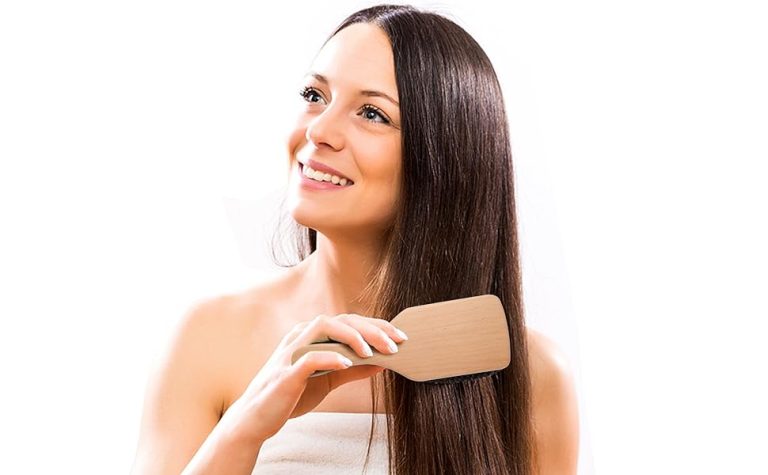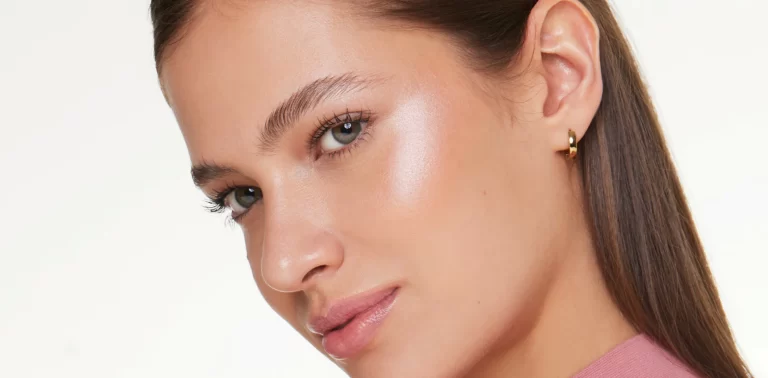
How to Bleach Hair
The Art of Lightening Locks: A Guide to Bleaching Hair
The Allure of Blonde Tresses
From sun-kissed highlights to platinum perfection, blonde hair has captured the hearts and admiration of countless individuals. However, achieving that coveted shade of golden or icy hues often requires a delicate and meticulous process – bleaching.How to bleach hair?
Understanding Hair Bleaching
What Is Hair Bleaching?
Hair bleaching is a chemical process that involves the use of oxidizing agents to remove or lighten the natural pigment (melanin) present in hair strands. This process can range from subtle highlights to full-head bleaching, allowing for a wide variety of blonde shades and tones.
The Science Behind Bleaching
The primary ingredient in most hair bleaching products is hydrogen peroxide, which acts as an oxidizing agent. When combined with other chemicals, such as ammonia or persulfates, it breaks down the melanin in the hair, stripping away the natural color and leaving behind a lighter, more porous strand.
Preparing for the Bleaching Process
Hair Condition Assessment
Before embarking on a bleaching journey, it’s crucial to assess the condition of your hair. Bleaching can be a harsh process, and starting with damaged or overly porous hair can lead to further breakage and compromise the desired results.
Strand Tests and Patch Tests
Performing a strand test and a patch test is highly recommended before applying bleach to your entire head. A strand test helps determine how your hair will react to the bleaching process, while a patch test checks for potential allergic reactions to the bleaching products.
Gathering the Right Tools
To ensure a successful bleaching experience, you’ll need to gather the appropriate tools and materials. These may include a brush or tint bowl for mixing, a non-metallic utensil for applying the bleach, a plastic cap or foil for processing, and a deep conditioning treatment to help repair and nourish the hair after bleaching.
The Bleaching Process
Section and Apply
For even and consistent results, it’s best to section the hair and apply the bleach in increments. Start at the back and work your way towards the front, carefully applying the bleach to each section and ensuring full saturation from roots to ends.
Processing Time and Monitoring
Once the bleach is applied, it’s important to monitor the processing time closely. Leaving the bleach on for too long can lead to over-processing and damage, while not allowing enough time may result in uneven or incomplete lightening.
Rinsing and Toning
After the desired lightness is achieved, rinse the bleach thoroughly with cool water until the water runs clear. Follow up with a toning or glossing treatment to neutralize any unwanted brassy or yellow tones and enhance the desired shade of blonde.
Aftercare and Maintenance
Deep Conditioning
Bleaching can leave hair feeling dry, brittle, and prone to breakage. Incorporating a deep conditioning treatment immediately after bleaching, and regularly thereafter, is essential for restoring moisture and strength to the strands.
Protective Styling and Techniques
To minimize further damage, adopt protective styling techniques such as avoiding excessive heat styling, limiting sun exposure, and using silk or satin pillowcases to reduce friction and breakage.
Toning and Touch-Ups
Maintaining the perfect shade of blonde often requires regular toning or touch-ups as the hair grows out or the color fades. Be prepared to revisit the bleaching process as needed to keep your blonde locks looking their best.
Professional Assistance
When to Seek a Professional
While some individuals may feel confident in bleaching their hair at home, it’s important to recognize when professional assistance may be necessary. If you’re aiming for a significant color change, have previously colored or chemically treated hair, or are unsure about the process, seeking the expertise of a professional colorist can help ensure optimal results and minimize damage.
The Benefits of Professional Bleaching
Experienced colorists have extensive knowledge and training in bleaching techniques, product selection, and color theory. They can assess your hair’s unique needs, recommend the appropriate products and processes, and execute the bleaching with precision and skill, reducing the risk of mishaps or unwanted outcomes.
Customized Color and Toning
Professional colorists can also provide customized toning and glossing services to achieve the perfect shade of blonde tailored to your skin tone, desired level of warmth or coolness, and overall desired look. Their expertise in color theory and application can elevate your blonde to new heights.

The Importance of Healthy Hair
Understanding the Risks
It’s important to recognize that bleaching is a harsh chemical process that can potentially damage and weaken hair strands if not done correctly. Over-processing, improper application, or bleaching hair that is already compromised can lead to excessive dryness, breakage, and even hair loss in severe cases.
Embracing Realistic Expectations
While the goal of bleaching is to achieve a desired shade of blonde, it’s crucial to embrace realistic expectations. Depending on your starting hair color and condition, multiple sessions or a slower, gradual process may be necessary to avoid compromising the integrity of your hair.
Prioritizing Hair Health
Ultimately, the path to beautiful, radiant blonde locks lies in prioritizing hair health. By following proper preparation, application, and aftercare techniques, seeking professional guidance when needed, and being patient with the process, you can achieve your desired shade while minimizing damage and maintaining the strength and vitality of your tresses.

The Journey to Blonde Perfection
Bleaching hair is an art form that requires careful consideration, skill, and commitment to maintaining hair health. By following the proper steps, seeking professional guidance when needed, and embracing realistic expectations, individuals can embark on a transformative journey towards their desired shade of blonde perfection. Remember, healthy hair is beautiful hair, and with the right approach, the allure of sun-kissed or icy blonde locks can become a stunning reality.
In conclusion, bleaching hair can be a transformative process that requires careful consideration and proper technique. It is important to remember that bleaching is a chemical process that can potentially damage hair if not done correctly. Before attempting to bleach hair, it is advisable to seek the guidance of a professional hairstylist to ensure optimal results and minimize the risk of damage.
Additionally, it is crucial to follow safety precautions, such as wearing gloves and protecting the skin and clothing from bleach. After bleaching, it is essential to provide the hair with proper care and nourishment to restore its health and prevent dryness or breakage.



